DISSERTATION: Science, State Formation and Development: The Organization of Nuclear Research in India, 1938-1959
Phalkey, Jahnavi. “Science, State Formation and Development: the Organization of Nuclear Research in India, 1938-1959.” Ph. D. diss., Georgia Tech University, 2007. Winner of the Sardar Patel Award (UCLA, 2008) for best dissertation on modern India. This recent dissertation, completed
![[Teach311 + COVID-19] Collective](https://blogs.ntu.edu.sg/teach311/files/2020/04/Banner.jpg)
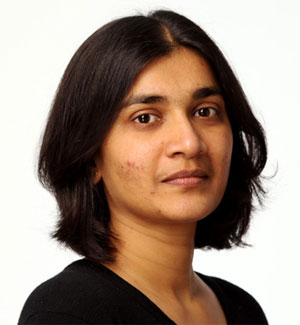
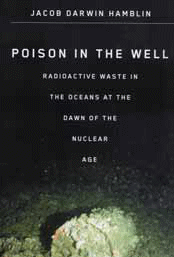
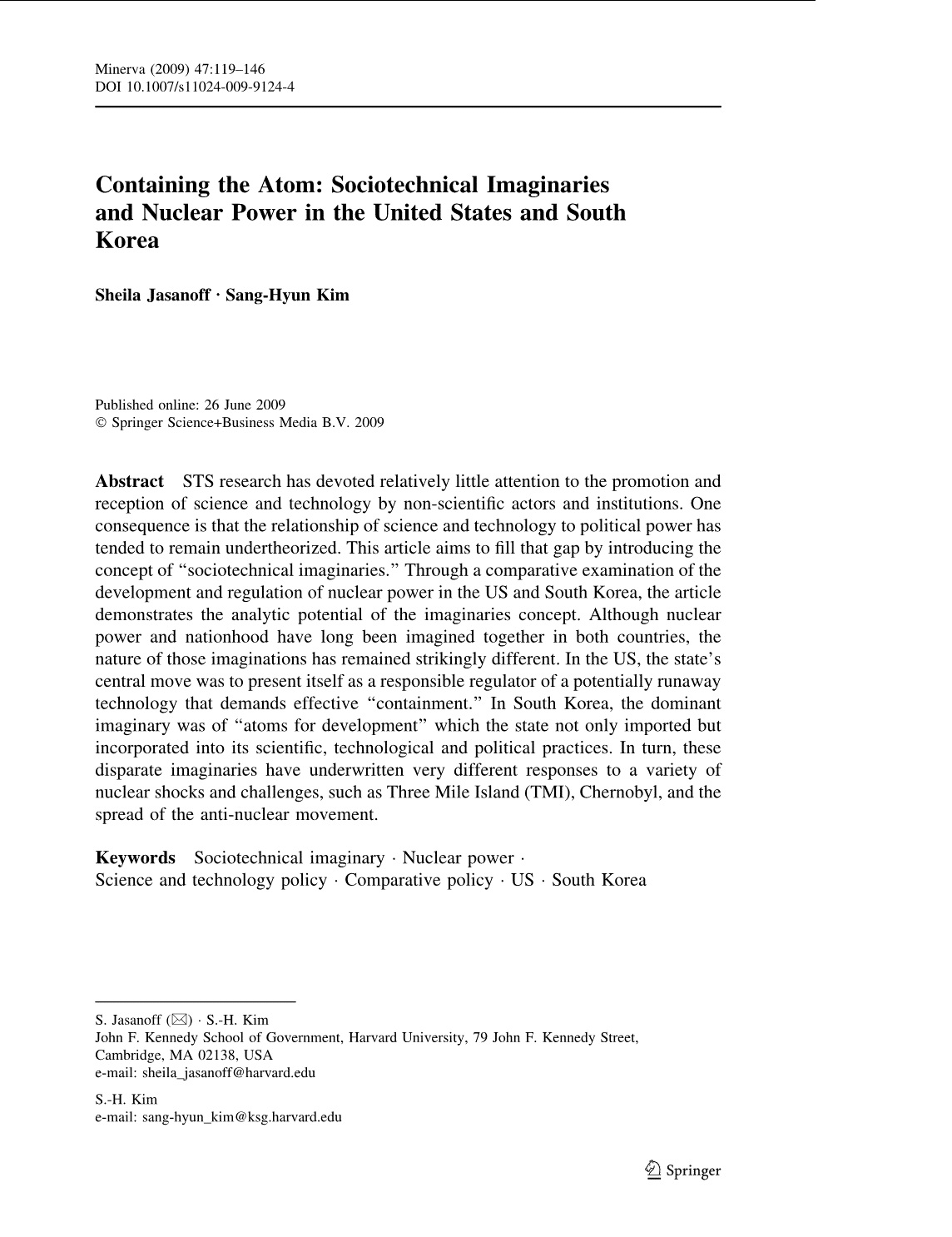
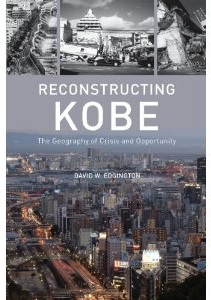
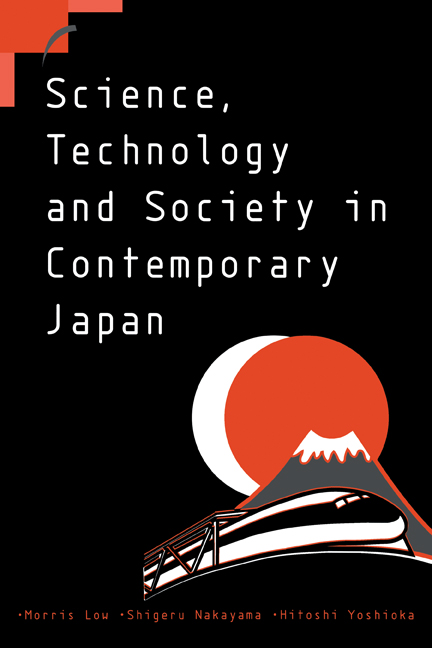
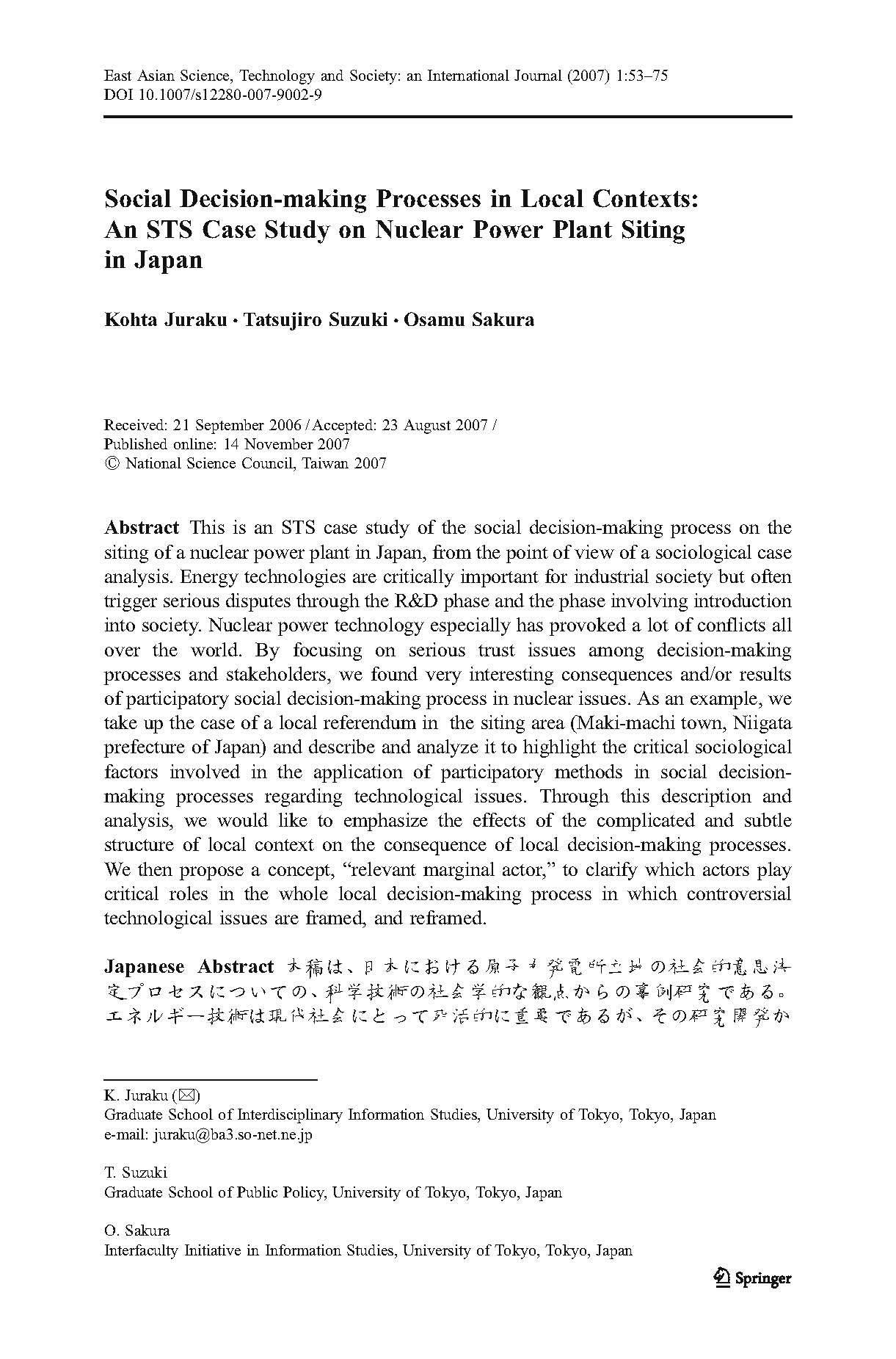
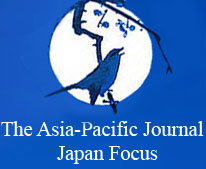
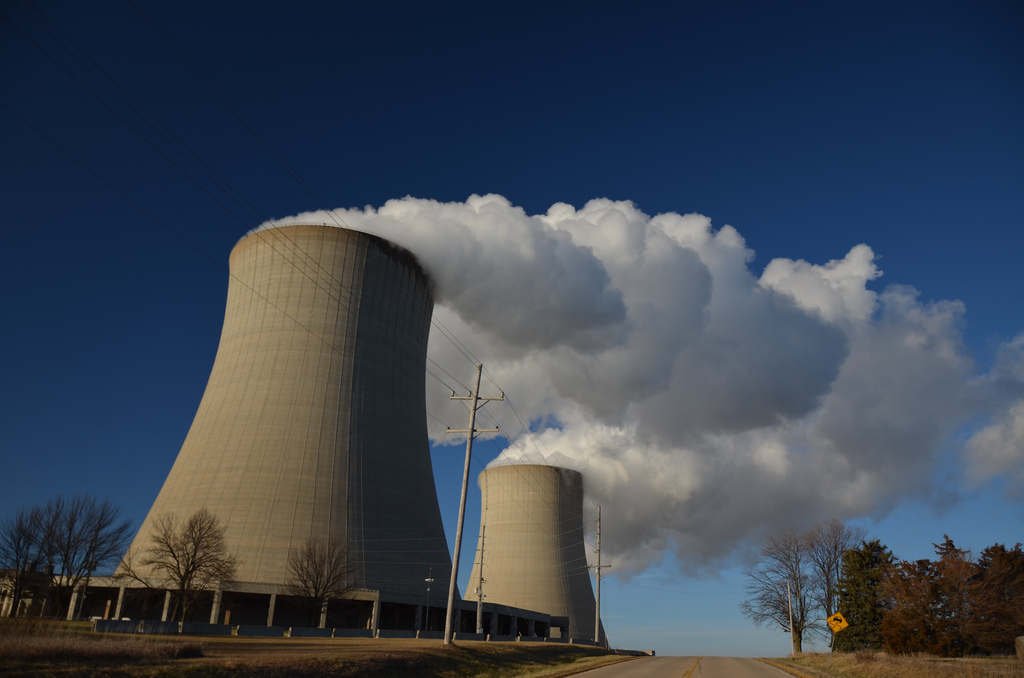
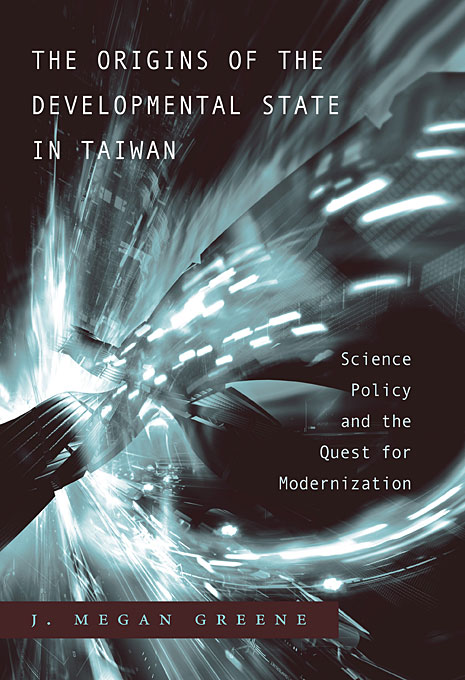
![ARTICLE: Chernobyl’s Survivors: Paralyzed by Fatalism or Overlooked by Science? (2011) [Japanese] ARTICLE: Chernobyl’s Survivors: Paralyzed by Fatalism or Overlooked by Science? (2011) [Japanese]](https://www.teach311.org/files/2011/05/bulletin-of-the-atomic-scientists-2011-petryna-30-7.png)
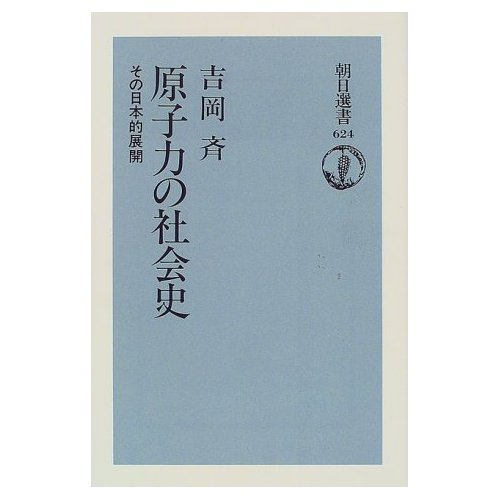
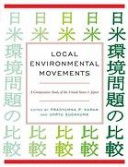
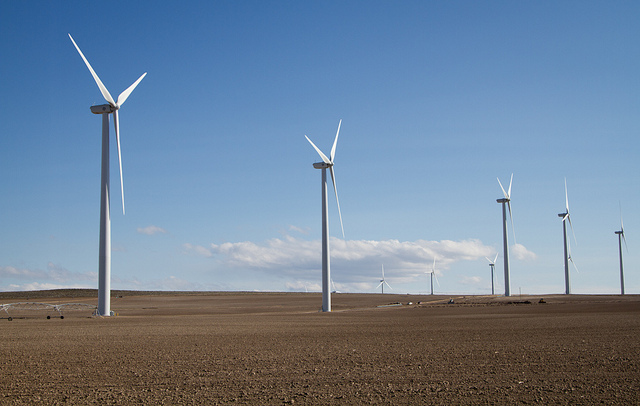
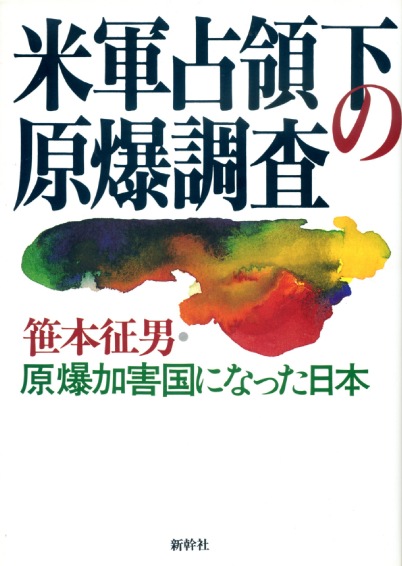



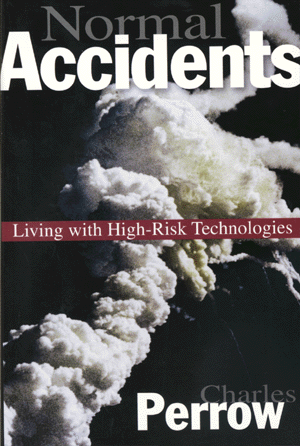
![BOOK: Beyond Local Science: The Evolution of Japanese Seismology During the Meiji and Taisho Eras (2007) [English] BOOK: Beyond Local Science: The Evolution of Japanese Seismology During the Meiji and Taisho Eras (2007) [English]](https://www.teach311.org/files/2011/04/4130667084.jpg)